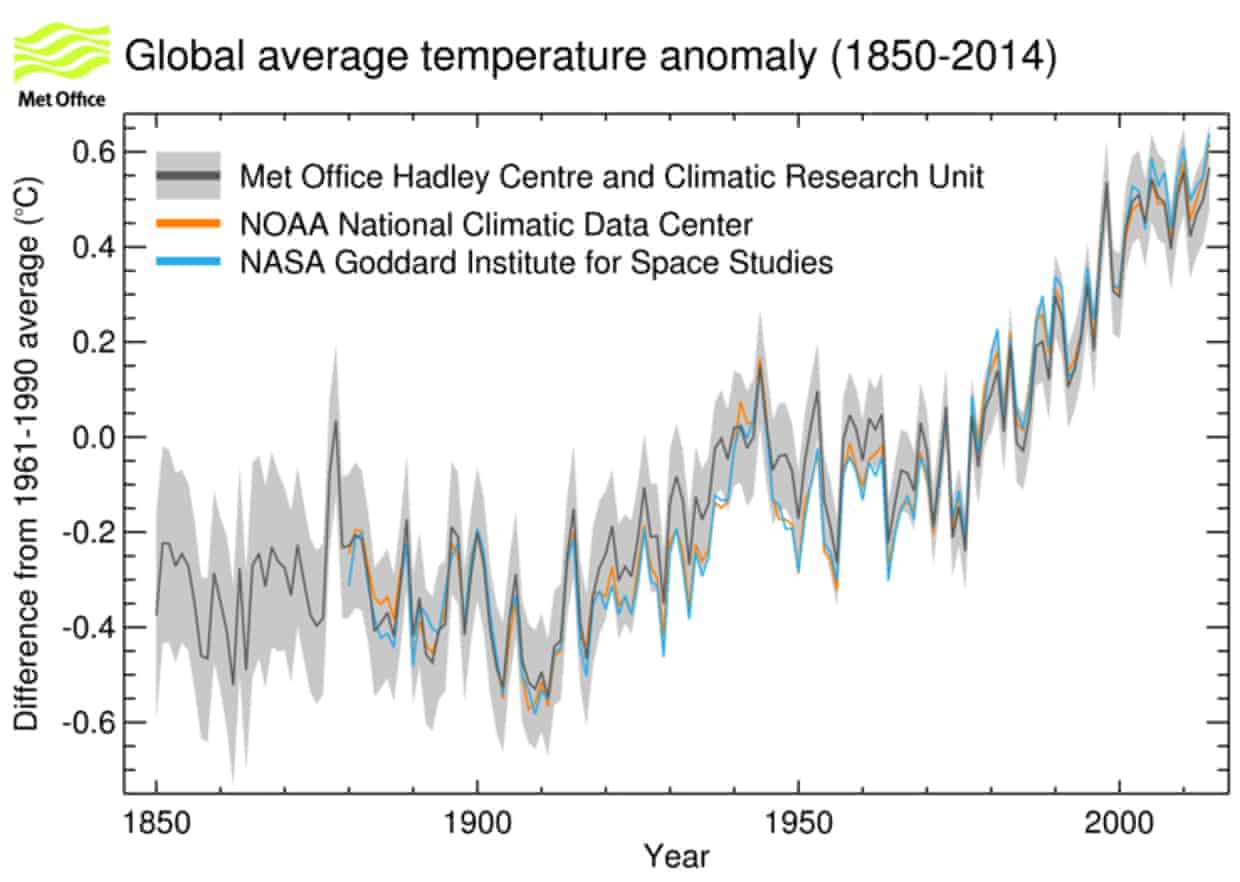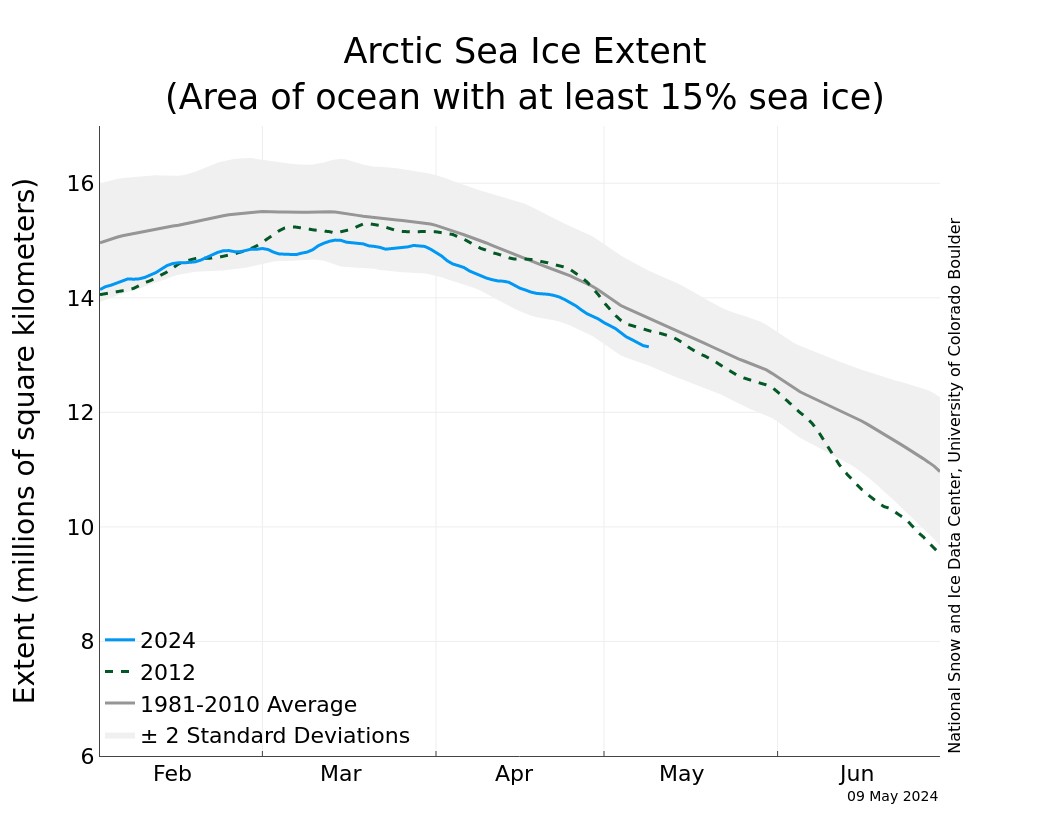Less. And as the edges move northward, the water becomes deeper. Bottom feeding walruses can't stay with the ice edge without starving. So they shift to the shorelines of Alaska and Canada. Now they have a miles long swim to their feeding grounds, the young face much greater odds of being trampled by adults and both in the water and on land, face predators they never faced on the ice edge they evolved to inhabit.
Got some witty repartee to save them?
Yea, they live in the Hudson Bay, where the sea ice is above average.
Arctic Sea Ice News and Analysis | Sea ice data updated daily with one-day lag
This year’s maximum ice extent was the lowest in the satellite record, with below-average ice conditions everywhere except in the Labrador Sea, Baffin Bay, and Hudson Bay.
Can I take this to mean that you concur with the information I have posted here concerning walruses' problems with receding sea ice?[/QUOTE]








